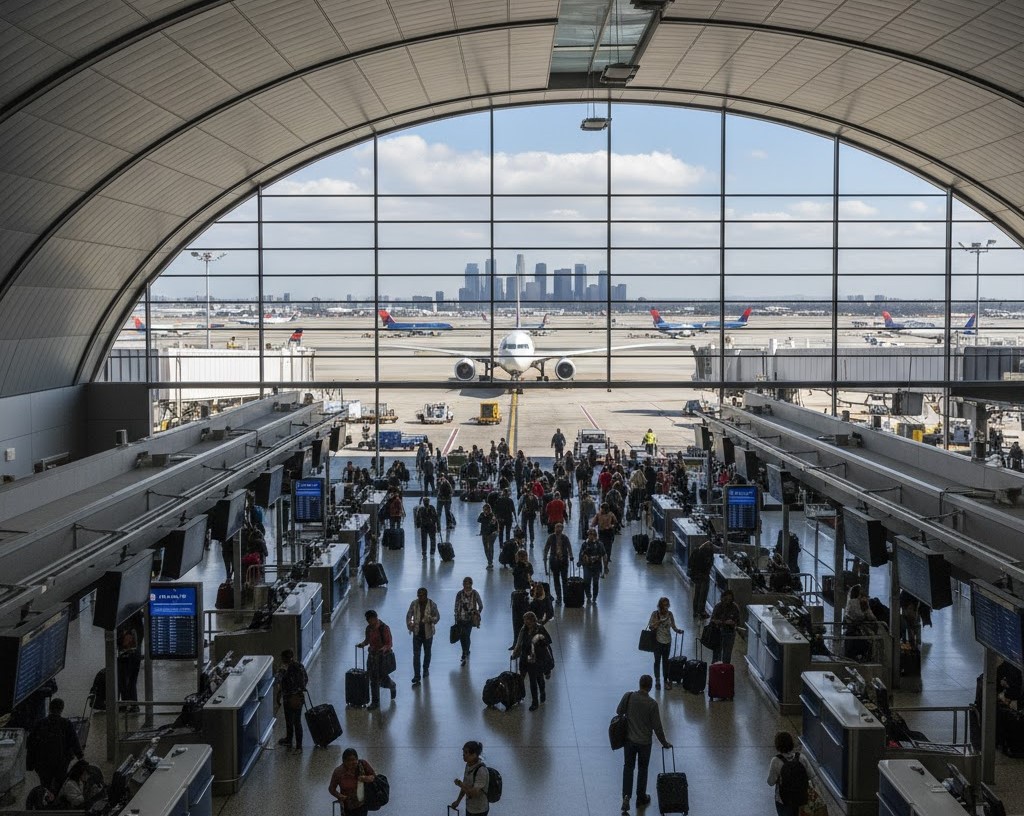Introduction
Moving across town can be challenging, but relocating across cities or states adds an entirely new level of complexity. Every detail—from organizing belongings to timing the journey—requires precision and patience. For many people, packing becomes the most time-consuming part of the process, especially when trying to keep everything safe for long travel.
Whether you’re moving for work, family, or a fresh start, the key to success is preparation. The right packing strategy minimizes damage, maximizes space, and keeps your move on schedule. Understanding the unique challenges of long-distance moving helps prevent common mistakes and ensures your belongings arrive safely, no matter how far you’re going.
With years of experience in full-service relocations, Clever Carriers LLC knows that great packing is the foundation of every successful move. Their team has helped countless clients simplify the process with proven techniques that make long-distance moves smoother, safer, and stress-free.
Understanding What Makes Long-Distance Moving Different
Unlike local moves, long-distance relocations involve multiple steps—extended travel, overnight transit, and often several handling points. These added factors increase the potential for wear, shifting, or damage if items aren’t packed correctly.
Because trucks and boxes experience more movement during long drives, durability is essential. It’s not enough to load items into boxes; they must be secured, labeled, and cushioned properly. Professional movers take extra precautions with loading order, weight distribution, and protective materials to prevent shifting and breakage during transport.
A well-organized plan can make the difference between a stressful move and a smooth one. Knowing what to expect ahead of time gives you control and confidence throughout the journey.
Step 1: Start Early and Create a Plan
The most common packing mistake is underestimating the time it takes. Begin preparing at least four to six weeks before your move date. Start with items you use infrequently—books, seasonal clothing, decorations, and rarely used kitchenware.
Build a Packing Schedule
Divide your home into zones and pack one area at a time. Label boxes with both contents and the room they belong to. This keeps things organized and saves time when unpacking.
Create a checklist to track tasks like:
- Buying packing materials
- Scheduling movers
- Notifying utility companies
- Updating your address
Planning in small, manageable steps prevents last-minute panic and ensures nothing important gets overlooked.
Step 2: Choose the Right Packing Materials
Quality materials are crucial for long-distance moving. While it may be tempting to reuse old boxes, sturdy and uniform packing supplies offer better protection.
Essential Supplies
- Heavy-duty boxes in multiple sizes
- Bubble wrap and packing paper for cushioning
- Packing tape and a tape gun
- Plastic bins for fragile or high-value items
- Furniture pads and moving blankets
Use smaller boxes for heavy items and larger ones for lighter belongings to keep lifting safe and manageable. Reinforce every box with strong tape at the bottom and top to prevent collapse.
For electronics, original packaging provides the best protection, but if that’s unavailable, wrap each item in padding and clearly mark boxes as “fragile.”
Step 3: Declutter Before You Pack
Moving long distance is the perfect opportunity to evaluate what you truly need. Fewer items mean less to pack, lower moving costs, and less clutter in your new space.
Go room by room and sort items into categories: keep, donate, sell, or discard. Be honest about what you actually use. For sentimental items, consider photographing them if you don’t have space to keep everything.
Decluttering also makes unpacking easier—everything you bring will have a purpose. Professional movers like Clever Carriers often recommend reducing excess items before long-distance relocation to optimize both time and cost.
Step 4: Protect Your Belongings with Proper Technique
Packing is about more than fitting items into boxes—it’s about protecting them for the journey ahead.
Layering and Cushioning
Start with a cushion at the bottom of every box. Use towels, blankets, or crumpled paper to create a soft base. Wrap fragile items individually, and fill gaps to prevent shifting during transport.
Label Everything Clearly
Mark each box with the destination room and a brief description of contents. For fragile items, note “handle with care.” Color-coded labels or stickers can help movers quickly identify where boxes belong.
Secure Furniture
Disassemble large furniture when possible. Remove legs, shelves, or hardware and pack them in labeled bags. Wrap surfaces in moving blankets or plastic wrap to prevent scratches.
Attention to detail during packing pays off during unpacking—everything arrives organized and intact.
Step 5: Prepare an Essentials Box
The last thing you want after a long trip is to dig through multiple boxes to find your toothbrush or coffee maker. Create a box or suitcase with immediate necessities:
- Toiletries and medications
- Chargers and electronics
- Bedding and towels
- A few dishes and utensils
- Important documents and keys
Keep this essentials kit with you, not on the moving truck. It provides comfort and convenience during the first night in your new home.
Step 6: Work with Professionals You Can Trust
When you’re relocating across long distances, having experts on your side saves time, energy, and stress. Experienced movers know how to load and transport items safely while coordinating logistics like scheduling, routes, and delivery timelines.
Professional movers provide insurance coverage, packing services, and peace of mind. They also handle unexpected challenges—weather delays, truck maintenance, or route changes—with professionalism and care.
With Clever Carriers LLC, clients gain access to a team that understands the details of long-distance moving. Their trained crews manage every step of the process, from secure packing to safe delivery, ensuring your belongings arrive in perfect condition.
Step 7: Stay Organized During Transit
Long-distance relocations can take several days, especially across state lines. Keep a folder with all critical information: contracts, inventory lists, receipts, and contact details for your moving company.
Stay in touch with your movers during transit for updates on delivery times. Reliable communication helps you plan your arrival and reduces uncertainty.
When your shipment arrives, check boxes against your inventory list to confirm nothing is missing or damaged before signing off on the delivery.
Conclusion
Packing for a long-distance move doesn’t have to be overwhelming. With careful planning, the right materials, and expert help, you can make the process efficient and stress-free.
By partnering with Clever Carriers LLC, homeowners and businesses gain confidence knowing their move is in experienced hands. Their attention to detail and commitment to quality ensures that every long-distance moving project is handled with precision, care, and reliability.
From packing the first box to unloading the last, a well-prepared approach guarantees that your move is more than just a relocation—it’s the beginning of a smooth, successful new chapter.









